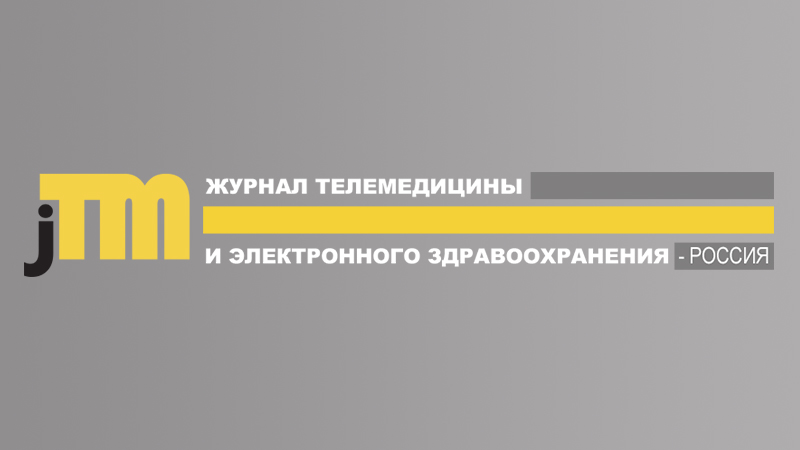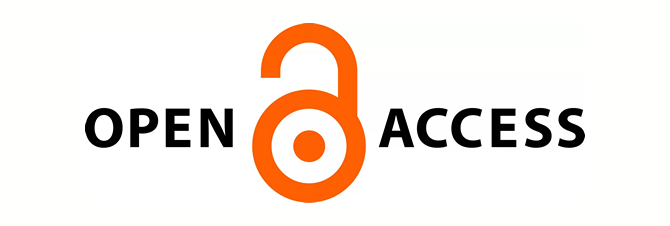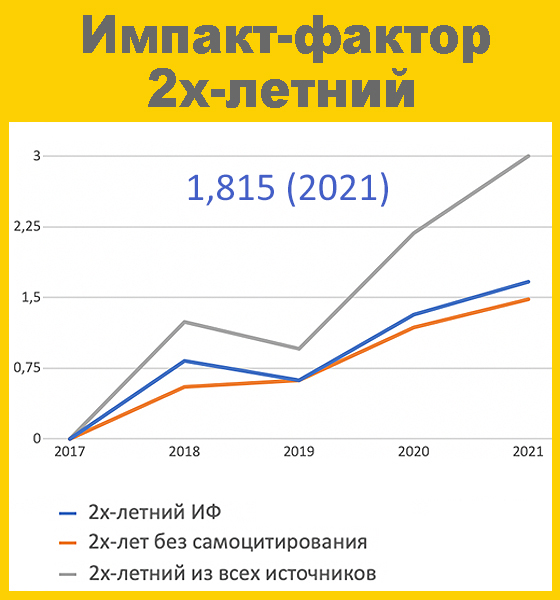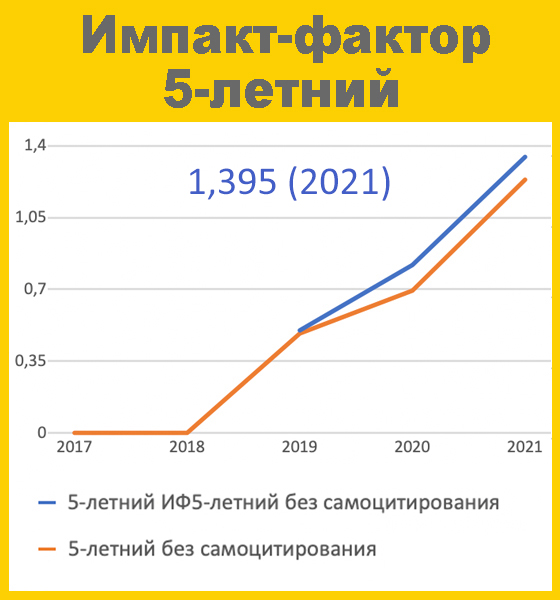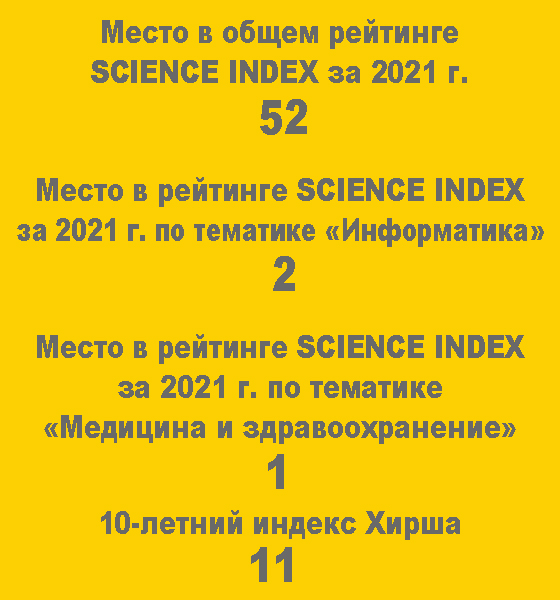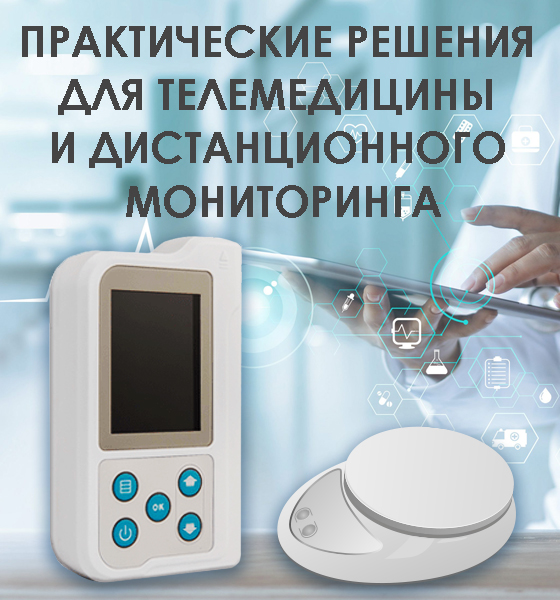Information for authors
 8873
8873 Material submitted for publication should be the result of a recent and original investigation, should be scientifically sound, and should be well organized and structured.
Authorship policy
Authorship should be limited to those who have made a significant contribution to the conception, design, execution, or interpretation of the reported study. All those who have made significant contributions should be listed as co-authors. Where there are others who have participated in certain substantive aspects of the research project, they should be acknowledged or listed as contributors. The corresponding author should ensure that all appropriate co-authors and no inappropriate co-authors are included on the paper, and that all co-authors have seen and approved the final version of the paper and have agreed to its submission for publication. ECURO follows the recommendations for authorship of the International Committee of Medical Journal Editors (ICMJE; http://www.icmje.org/ethical_1author.html). Acquisition of funding, collection of data, or general supervision of the research group alone does not constitute authorship. All authors should have participated sufficiently in the work to take public responsibility for the content. The corresponding author must take responsibility for the integrity of the work as a whole, from inception to published article, and must submit the completed authorship form on behalf of all co-authors.
Publication ethics
Experimental and Clinical Urology journal checks all submitted papers in a double-blind peer-review process (2 or 3 reviewers). Journals reserves the right to check all the submitted papers with plagiarism detecting software. The editor of the journal is responsible for the final decision of publishing the article. All authors receive the comments of the Editor or those of the Reviewers. Once an author is requested to revise his/her manuscript, he/she should resubmit the revised manuscript strictly keeping to the comments of the Reiewers.
Manuscripts are considered for publication with the understanding that they have not been published previously (with the exception of submission at a congress in a form of abstract) and are not under consideration by another journal. Experimental and Clinical Urology follows Recommendations for the Conduct, Reporting, Editing, and Publication of Scholarly work in Medical Journals available from http://www.icmje.org/ if not outlined otherwise below.
The Editors aim to ensure that all articles published in the Journal meet internationally accepted ethical standards. The Editors evaluate the ethical aspects of submitted work. We require that authors submitting a paper provide the information to approval of the investigation by the recognized ethical committee.
In case of ethical concerns, the full investigation of ethical aspects of the study is conducted. The authors are requested to provide the full information on ethical issues for the submitted study. In case when the ethical concerns could not be eliminated or the authors could not provide the formal documentation, the authors would be refused to publish the manuscript in the Journal. If a study is deemed unethical, it will be rejected whether or not the findings were judged to be of importance.
Malpractice statement
The Journal follows the definitions of Author Misconduct that are used by the National Library of Medicine (NLM) and will apply the relative penalties also as outlined by the NLM (http://www.nlm.nih.gov/pubs/factsheets)
Errata and retractions are the primary methods used for corrections are.
Errata. Published changes to an earlier article (“corrections” or “corrigenda”) are considered by the NLM to be errata, regardless of the nature or origin of the error. The NLM does not differentiate between errors that originated in the publication process and errors of logic or methodology.
Retractions. Retractions identify a citation that was previously published and is now retracted through a formal issuance from the author, publisher, or other authorized agent. The NLM does not differentiate between articles that are retracted because of honest error and those that are retracted because of scientific misconduct or plagiarism. If the notification in the journal is labeled as a retraction or withdrawal, NLM will index it as a retraction.
Expressions of Concern. This indexing term was introduced by the International Committee of Medical Journal Editors and incorporated into the NLM system in 2004. The expression of concern is a label that an editor may use to draw attention to possible problems, but it does not go so far as to retract or correct an article. Examples of this correction format are provided at the end of this section.
Potential Author Misconduct may arise from both submitted manuscripts and published articles. Definitions of misconduct can be seen as follows:
Plagiarism, or attempting to use another’s work as one’s own
Fabrication or falsification of data (including deliberate misrepresentation of results and their implications)
Publication of content that corresponds substantially with previously printed or electronically published content without recognition, referencing, and explanation of this overlap and the advances of the current work
Failure to reference a contributing author or removing an author without written consent from the author in question and the contributing co-authors
Inappropriately giving credit to an author who did not contribute to the drafting, revision, or supervision of the article and therefore does not meet the authorship requirements.
Failure to disclose Conflicts of Interest.
Once the Editor has been informed of possible author malpractice, a thorough internal investigation will be carried out to determine the details. In each case it will be decided individually and reported to NLM.
Conflict of Interest
Conflict of Interest statement should be provided at the end of the Manuscript whenever the conflict is present. Information on the compliance to the Human and Animal Rights (including Informed Consent from the patients in the study) should be presented whenever important for the study context.
Financial support
Authors should declare all relevant financial interests and relationships or financial conflicts (e.g., employment/affiliation, grants or funding, consultancies, stock ownership or options, royalties, or patents filed, received, or pending), particularly those present at the time the research was conducted and through publication, as well as other financial interests (such as patent applications in preparation) that represent potential future financial gain. The disclosure of funding should be indicated in the Acknowledgment section within the manuscript.
Preparation of the manuscript
General rules. All papers should be submitted in electronic form through the e-mail address info@jtelemed.ru. The word count of the Manuscript is strictly to consider during the preparation of the article. Font - Times Roman 12, double-spacing with margins of 2.5 cm on both sides of the text. Include the consecutive page numbers.
Original research. Word count – no more than 3500 words.
Structure of the manuscript – Title. Author list with affiliations. Corresponding authors and contact details. Abstract (both in Russian and English). Key words (at least 3). Introduction. Materials (Patients) and Methods. Results. Discussion. Conclusions. References. Conflict of Interest. Acknowledgment (including financial support). Tables with headings. Figure legends.
Case reports. Word count – no more than 1500 words.
Structure of the manuscript – Title. Author list with affiliations. Corresponding authors and contact details. Abstract (both in Russian and English). Key words (at least 3). Introduction. Case presentation. Discussion and literature review. Conclusions. References. Conflict of Interest. Acknowledgment (including financial support). Tables with headings. Figure legends.
Letter to the Editor (to recently published article, not older than 6 months). Word count limit – 1500 words.
Review articles, lectures, discussions are issued by the Editor. The presentation form is discussed on individual basis.
References
References should follow AMA format, and they should be listed in the order in which they are cited in the text. List all authors for publications with up to six authors. For publications with more than six authors, list the first three authors followed by et al.
Example:
[2] Tolkach Y, Imkamp F, Godin K, Van Poppel H. Clinically relevant genetic characterization of prostate tumors: How close are we to the goal? Korean J Urol. 2015 56:90-98.
Digital illustrations and tables should be kept to a necessary minimum and their information should not be duplicated in the text.
Figures and Figure Legends: Figures and images should be kept to a minimum and should accompany the manuscript. The preferred formats for illustrations are JPG (JPEG), and TIFF files (300 dpi or higher). Color figures are reproduced without additional costs. Legends must accompany each illustration and should be typed on a separate page at the end of the manuscript.
Tables: Every table must have a descriptive title and an explanatory paragraph that make the data understandable without reference to the text. Each must be typed double-spaced on a separate page after the References block and numbered with Arabic numerals in order in which they appear in the text. Explain in footnotes all nonstandard abbreviations that are used in each table.
Contact e-mail: info@jtelemed.ru


































